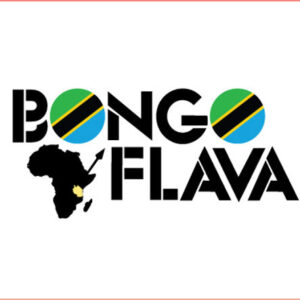Highlife is one of West Africa’s most historic and beloved music genres, known for its jazzy horns, syncopated guitar riffs, and uplifting rhythms. Originating in Ghana and later spreading to Nigeria, Highlife has shaped the foundation of many African music genres, from Afrobeat to Afropop. In this comprehensive guide, learn everything about Highlife’s rich history, defining sound, legendary artists, and enduring legacy.
What is Highlife? — The Classic Sound of West Africa
Highlife is a genre that fuses African rhythms with Western instruments, especially jazz and swing-style horns. It features melodic guitars, brass sections, multiple percussion layers, and lyrics in local languages or pidgin English. Typically upbeat and danceable, Highlife tells stories of love, politics, celebration, and social life.
Key musical features of Highlife:
-
Polyrhythmic percussion (using congas, claves, and African drums)
-
Jazzy brass melodies and guitar licks
-
Call-and-response vocal styles
-
Lyrics in Akan, Igbo, Yoruba, or pidgin English
-
Upbeat tempos and celebratory energy
Historical Context: The Birth and Rise of Highlife
Origins in Ghana (Early 20th Century)
Highlife emerged in the early 1900s from Ghana’s coastal towns. Influenced by brass band music introduced by European soldiers and sailors, Ghanaian musicians began mixing traditional rhythms with Western instruments.
-
Palm-wine music: A precursor using acoustic guitar and storytelling lyrics
-
Brass band Highlife: Used for formal events and social gatherings
-
Dance band Highlife: Grew in popularity during colonial times and into independence
Expansion to Nigeria (1950s–60s)
Highlife crossed into Nigeria during the independence era, where local artists added their own cultural and linguistic flavors. It became the music of celebration, nationalism, and modern urban life.
Key Substyles of Highlife
-
Dance Band Highlife: Orchestral arrangements with big bands and crooners
-
Guitar Band Highlife: More rural and folk-oriented, led by guitarists
-
Igbo Highlife: Nigerian version sung in Igbo, with heavier percussion and call-and-response
-
Burger Highlife: A modern twist that emerged among Ghanaian immigrants in Germany during the 1980s, blending funk, synths, and disco with traditional Highlife.
Iconic Highlife Artists from Ghana and Nigeria
E.T. Mensah (Ghana)
Known as the “King of Highlife,” he brought the genre into the spotlight with his band, The Tempos, in the 1950s and 60s.
Osibisa (Ghana/UK)
An Afro-rock fusion band that carried Highlife onto the world stage in the 70s, blending jazz, rock, and Ghanaian rhythms.
Rex Lawson (Nigeria)
A Highlife legend known for soulful love songs and trumpet-driven melodies in the Niger Delta style.
Sir Victor Uwaifo (Nigeria)
One of the pioneers of modern Highlife and a multi-instrumentalist known for hits like “Guitar Boy.”
Chief Stephen Osita Osadebe (Nigeria)
Master of Igbo Highlife, blending traditional proverbs with modern storytelling in music.
Highlife’s Cultural and Global Influence
Highlife laid the groundwork for many of Africa’s biggest genres, including:
-
Afrobeat: Fela Kuti started in Highlife bands before creating Afrobeat.
-
Afropop: Many modern Nigerian and Ghanaian artists still borrow Highlife progressions.
-
Hiplife: Ghana’s 2000s fusion of Highlife and hip-hop.
-
Live band culture: Highlife cemented the role of live music at African weddings, funerals, and festivals.
Highlife also influenced artists globally, especially in Latin America and the Caribbean, due to its rhythm similarities with salsa and calypso.
Why Highlife Remains Relevant
While not as dominant as it once was, Highlife lives on through fusion styles, retro revivals, and new school artists who sample its rhythms. Its rich cultural identity and feel-good spirit keep it alive in African celebrations and global playlists.
Final Thoughts
Highlife is more than just music—it’s a reflection of West African history, pride, and resilience. From Ghanaian independence rallies to Nigerian wedding halls, its joyful rhythms have brought people together for over a century. As new generations rediscover its charm, Highlife continues to thrive as a cultural treasure of Africa.



